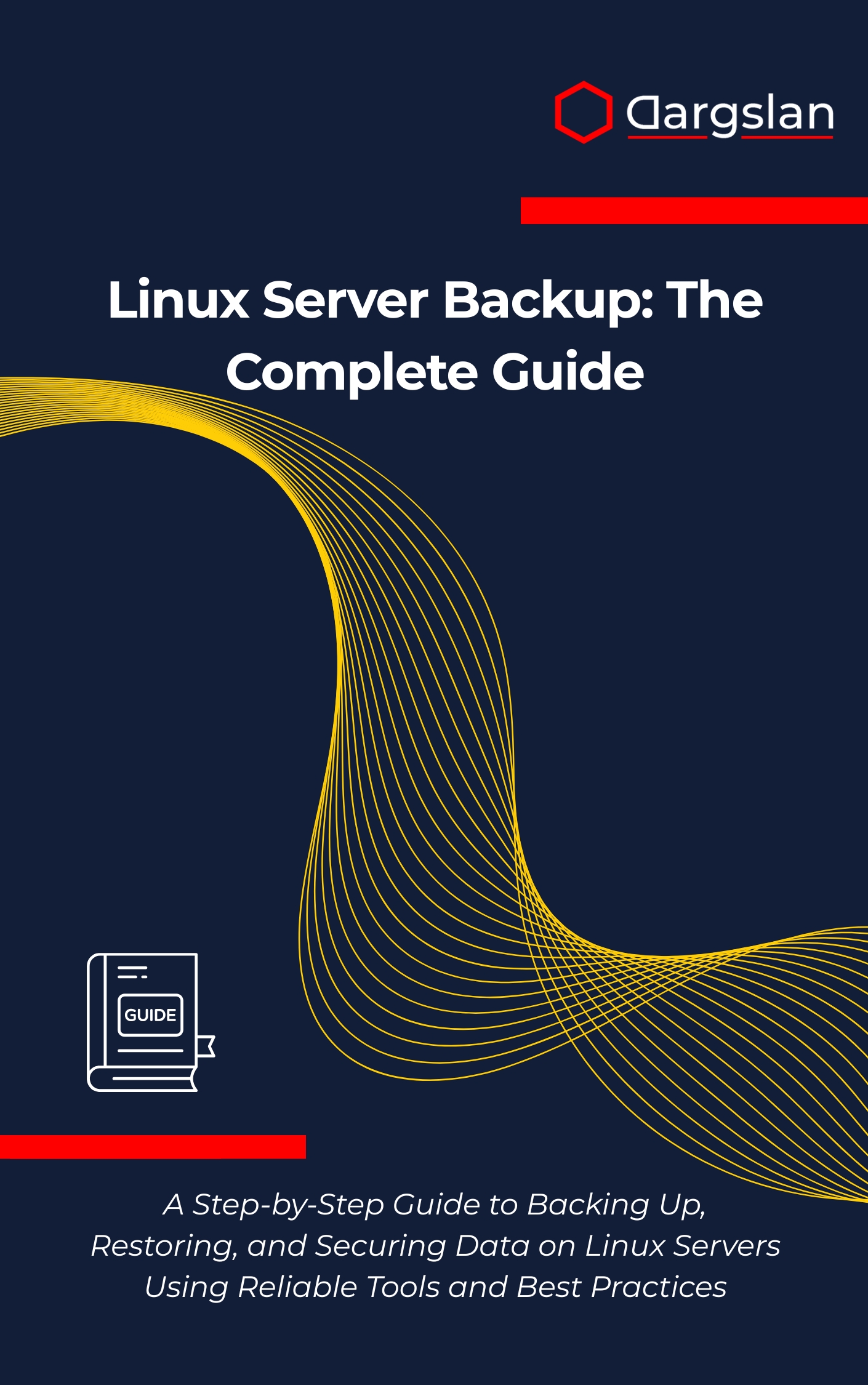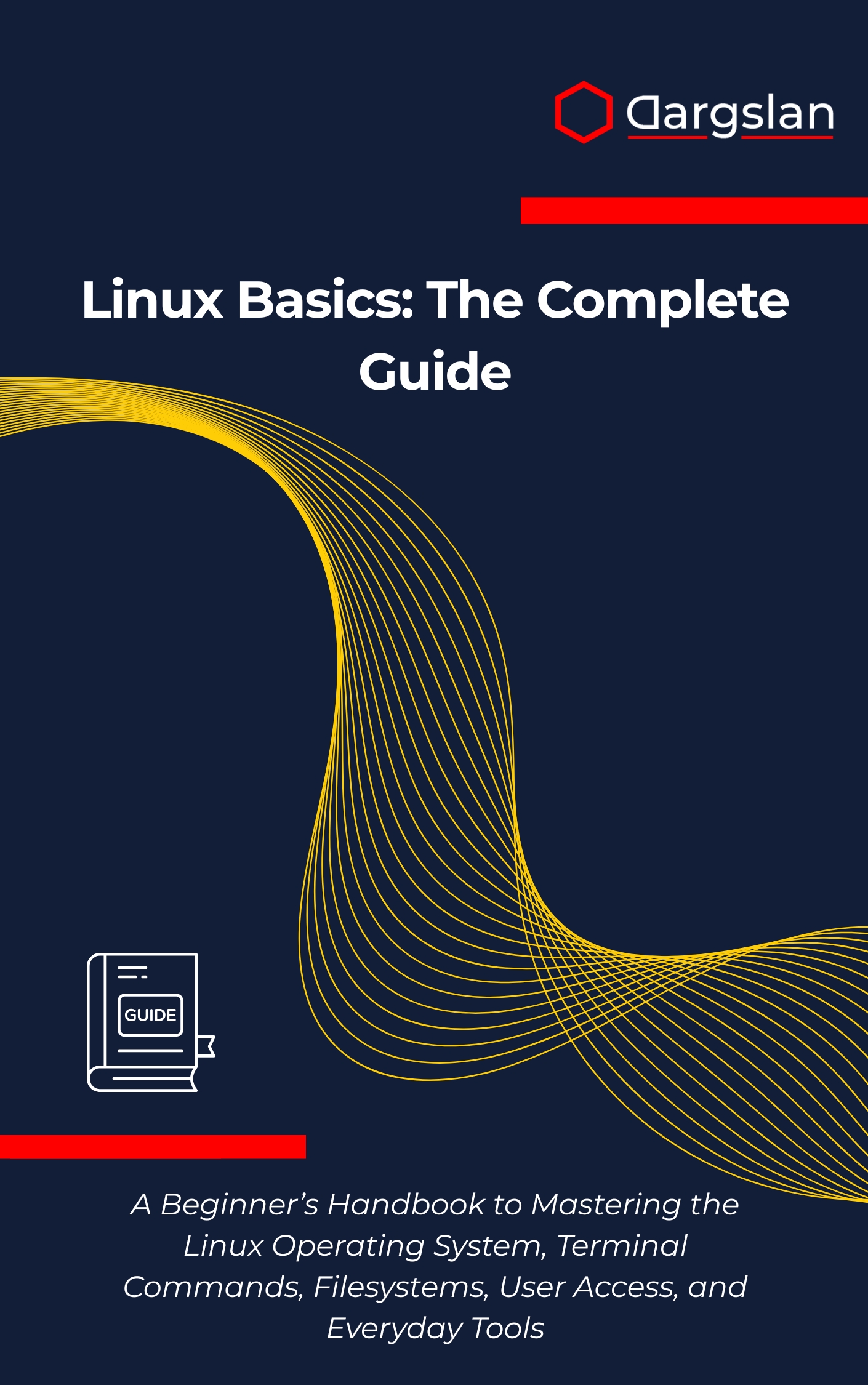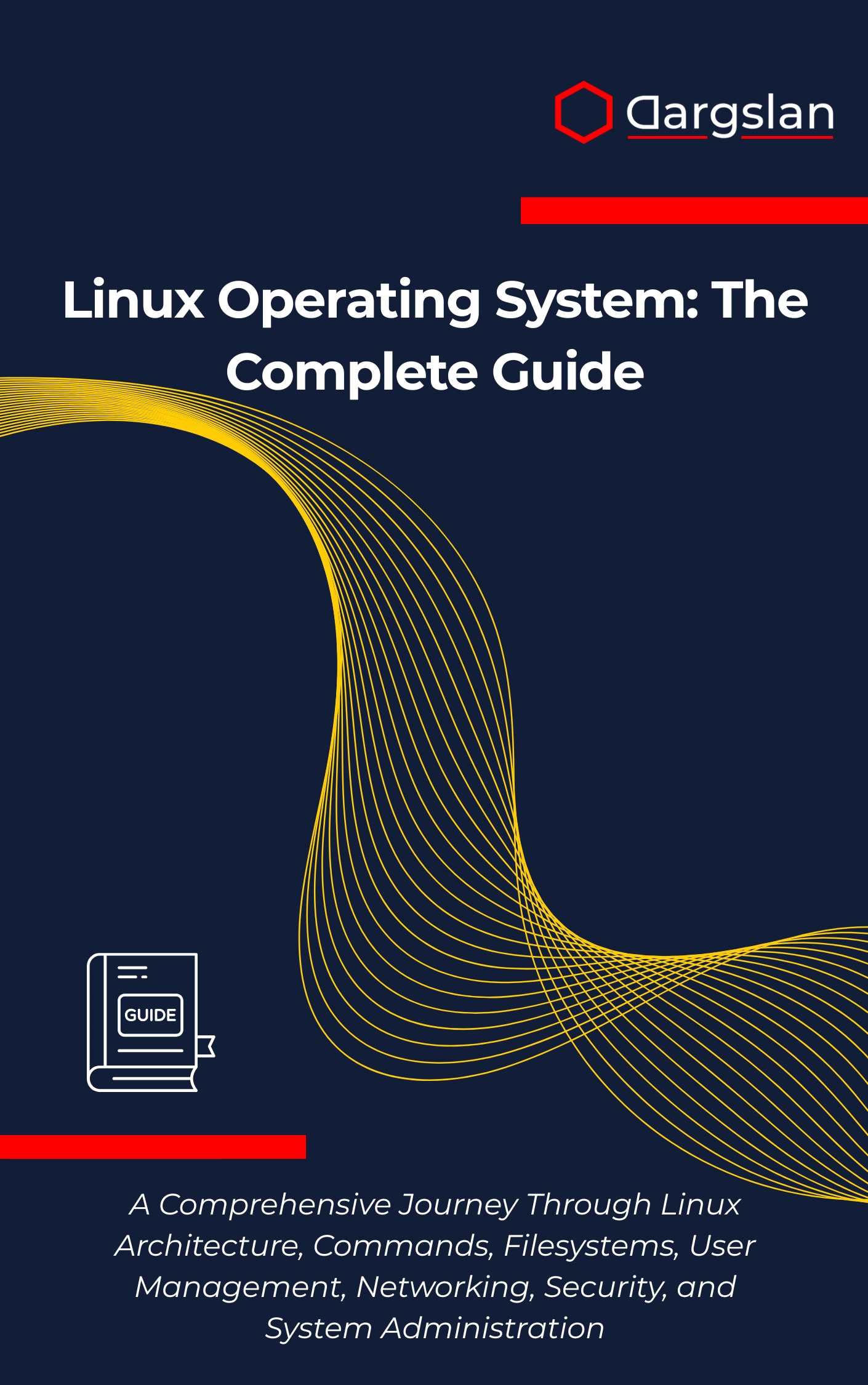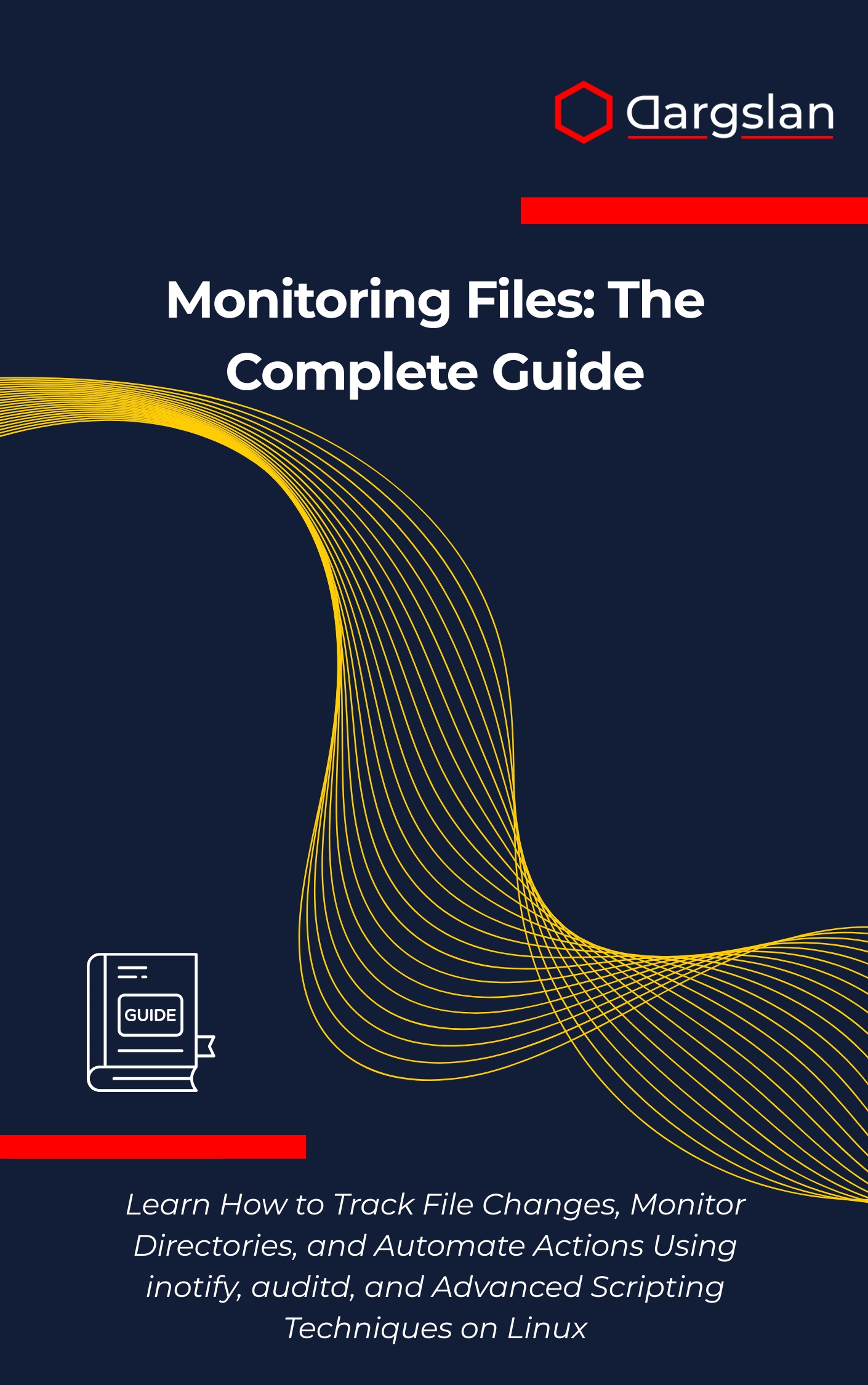Mastering File Permissions in Linux
Mastering File Permissions in Linux,Understand and manage Linux file permissions with practical security examples.
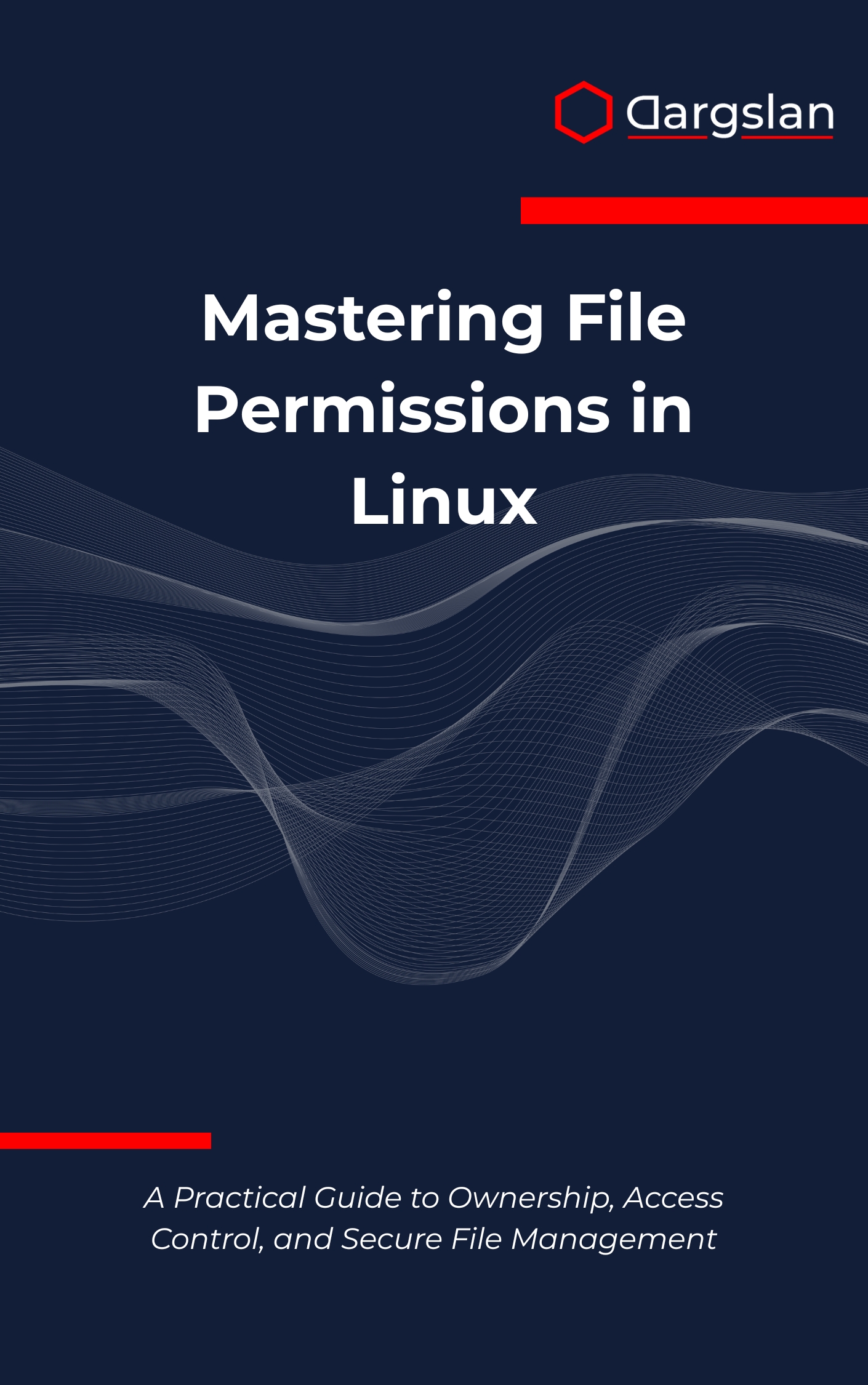
A Practical Guide to Ownership, Access Control, and Secure File Management
Overview
Mastering File Permissions in Linux is A Practical Guide to Ownership, Access Control, and Secure File Management built for professionals who need reliable, production-ready strategies on Linux. This IT book and programming guide explains file permissions in depth, including ownership management, chmod command mastery, umask configuration, Access Control Lists, special permission bits, setuid and setgid, sticky bit implementation, permission troubleshooting, security best practices, automation techniques, enterprise permission management, web server security, database permissions, development environment setup, permission auditing, and monitoring systems. It’s a concise yet comprehensive technical book that turns complex theory into repeatable, real-world workflows.
Who This Book Is For
- System administrators and DevOps engineers who need bulletproof access control, clear ownership strategies, and repeatable policies across servers and containers.
- Software developers and data teams seeking to eliminate “permission denied” issues, streamline CI/CD pipelines, and safely manage web and database file access.
- Security professionals and aspiring Linux experts ready to harden environments, pass audits confidently, and build automation that enforces least privilege by default.
Key Lessons and Takeaways
- Decode permission fundamentals and ownership models — learn how user, group, and others interact, and map octal and symbolic modes to real files and directories.
- Practice chmod command mastery — choose the right syntax for speed and safety, and apply recursive changes without breaking shared environments.
- Implement robust ownership management — use chown and chgrp to align teams, services, and deployment users with clear accountability.
- Use Access Control Lists for precision — grant fine-grained rights with setfacl/getfacl, and design inheritance that works across complex directory trees.
- Leverage special permission bits — apply setuid and setgid responsibly, and use sticky bit implementation to protect collaborative directories such as /tmp and shared workspaces.
- Tune defaults with umask configuration — set secure creation masks that balance developer velocity with compliance requirements.
- Troubleshoot with confidence — trace permission errors end to end, interpret denial messages, and resolve conflicting ACLs and standard bits quickly.
- Automate secure workflows — script repeatable permission setups, integrate checks into CI/CD, and standardize enterprise permission management.
- Harden web server security — isolate content directories, secure log files, and restrict upload locations without breaking application behavior.
- Control database permissions on disk — protect data directories, backups, and sockets, and coordinate with service accounts across environments.
- Design a development environment setup — create per-project groups, enforce least privilege, and enable safe collaboration on shared repositories.
- Run permission auditing and monitoring systems — instrument alerts for drift, verify compliance, and maintain evidence for regulatory or internal audits.
Why You’ll Love This Book
You get step-by-step guidance that favors clarity, with hands-on examples that mirror the real challenges of modern infrastructure. The writing is practical, scenario-driven, and supported by templates, tools, and scripts you can adapt immediately for your own environment.
How to Get the Most Out of It
- Start with the fundamentals to solidify mental models, then progress through ACLs, special bits, and automation so each chapter builds on the last with minimal rework.
- Apply concepts in a lab first — create test users, groups, and directories; practice setuid/setgid and sticky bit changes; and observe outcomes before touching production.
- Tackle mini-projects such as hardening a web root, securing a database backup pipeline, or building a permissions bootstrap script that enforces your team’s standards.
Get Your Copy
Lock down your Linux systems with proven patterns, clear workflows, and production-ready permission practices. If you manage servers, ship code, or safeguard data, this guide will save hours of trial and error.

